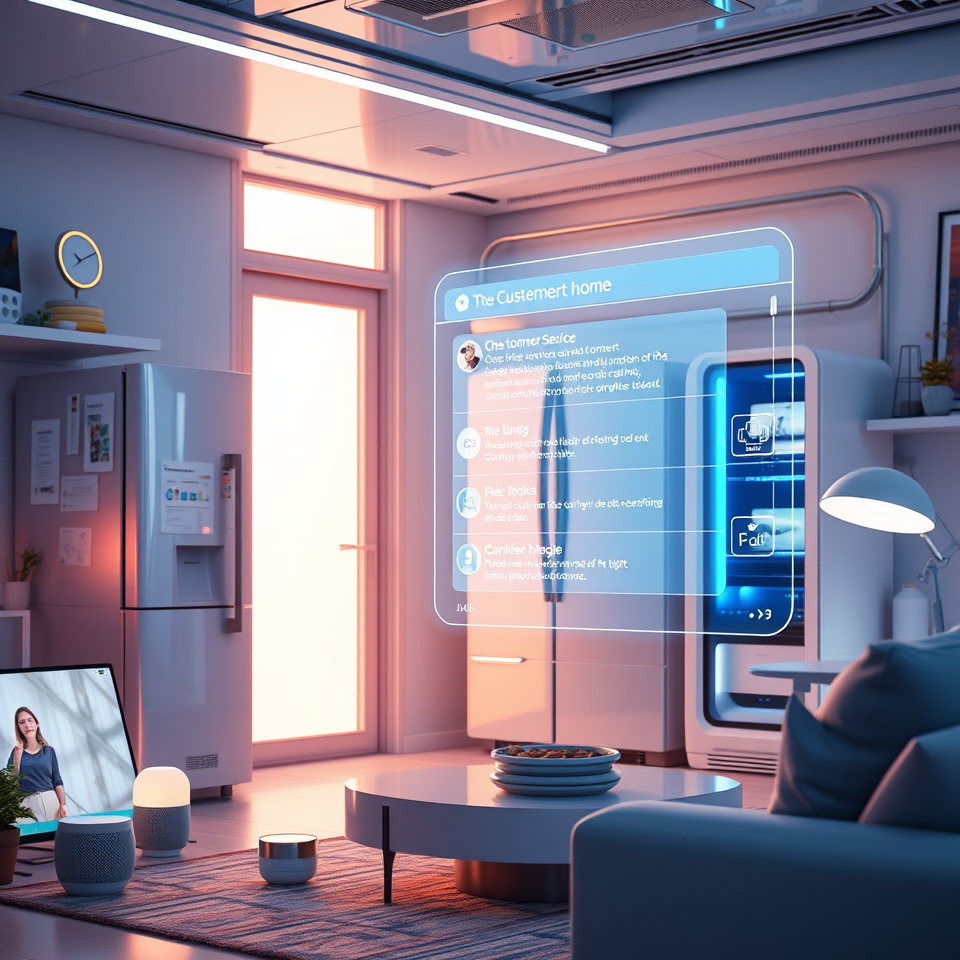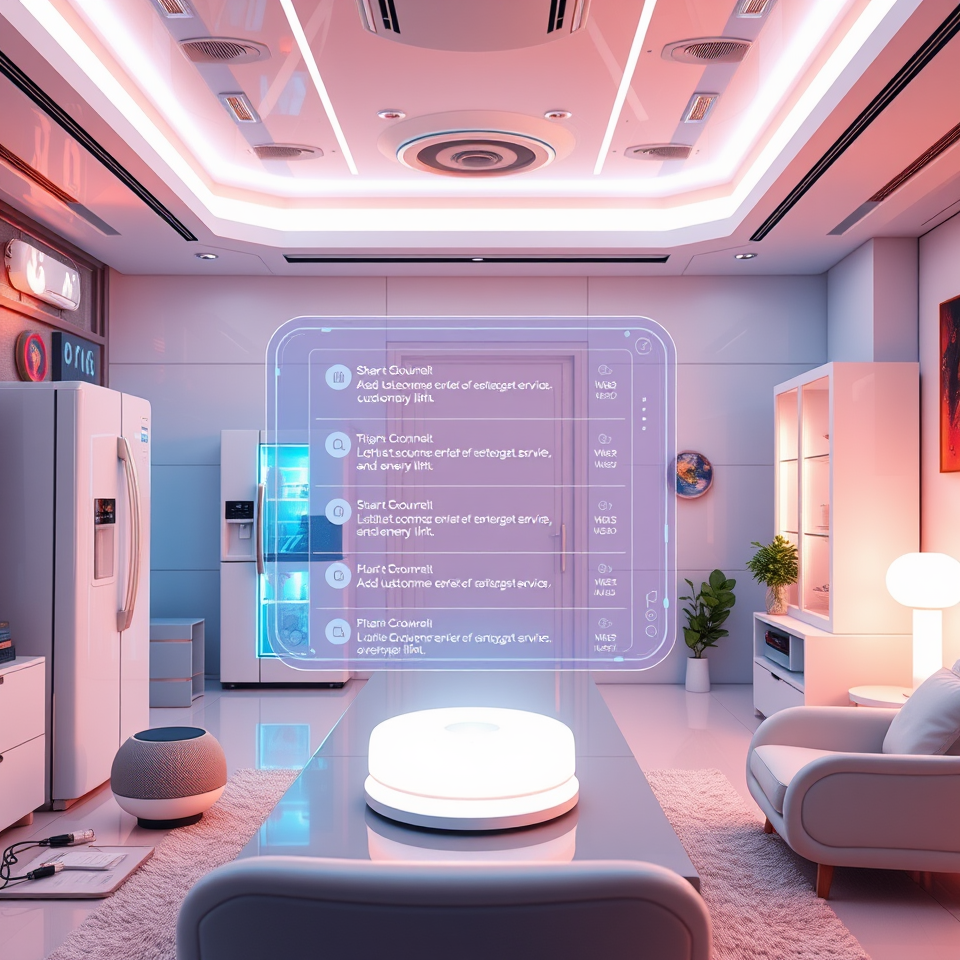In the rapidly evolving digital landscape, businesses continuously explore innovative ways to enhance customer interactions and streamline operations. One significant development in this realm is customer service automation. This transformative approach not only improves efficiency but also elevates the customer experience to new heights. In this article, we will delve into the intricacies of customer service automation, its benefits, challenges, and future prospects.
Understanding Customer Service Automation
Customer service automation refers to the use of technology to automate interactions and processes that traditionally require human intervention. This can range from simple tasks like sending automated responses to complex problem-solving using artificial intelligence (AI) and machine learning (ML). The primary goal is to provide fast, accurate, and personalized support to customers, improving their overall experience.
Benefits of Customer Service Automation
1. Increased Efficiency
One of the most significant advantages of customer service automation is increased efficiency. Automated systems can handle a large volume of inquiries simultaneously, reducing wait times and ensuring that customers receive prompt responses. This efficiency not only enhances customer satisfaction but also allows businesses to allocate human resources to more complex tasks that require a personal touch.


2. Cost Reduction
Automating customer service processes can significantly reduce operational costs. By minimizing the need for a large customer service team, businesses can save on labor costs while maintaining a high level of service. Additionally, automation tools are scalable, allowing companies to adjust their operations based on demand without incurring substantial expenses.
3. Consistent Service Quality
Automation ensures consistent service quality. Automated systems do not suffer from fatigue or human error, providing reliable and uniform responses to customer inquiries. This consistency builds trust and reinforces the brand’s reputation for quality service.
4. Enhanced Data Collection and Analysis
Automated customer service tools can collect and analyze large volumes of data, offering valuable insights into customer behavior and preferences. This data-driven approach enables businesses to make informed decisions, tailor their services, and predict future trends, ultimately leading to improved customer satisfaction and loyalty.
5. 24/7 Availability
In today’s global market, customers expect support at any time of the day. Customer service automation allows businesses to offer round-the-clock assistance, catering to different time zones and ensuring that customers receive help whenever they need it.
Challenges of Implementing Customer Service Automation
1. Loss of Personal Touch
While automation offers numerous benefits, it can sometimes lead to a loss of the personal touch that many customers value. Automated responses can feel impersonal, potentially alienating customers who prefer human interaction.
2. Complex Issue Resolution
Automated systems may struggle with complex or nuanced issues that require human empathy and understanding. In such cases, customers may become frustrated if they cannot easily reach a human representative.
3. Initial Implementation Costs
While automation can lead to cost savings in the long run, the initial setup and integration of automated systems can be expensive. Businesses must invest in technology, training, and maintenance to ensure successful implementation.
4. Security Concerns
With the increasing reliance on digital systems, security concerns become paramount. Businesses must ensure that automated customer service tools comply with data protection regulations and safeguard customer information against breaches.
Future Trends in Customer Service Automation
1. AI and Machine Learning
The integration of AI and machine learning in customer service automation is set to increase. These technologies enable systems to learn from interactions, improve over time, and offer more personalized and accurate responses.
2. Natural Language Processing (NLP)
NLP advancements are making automated systems more adept at understanding and responding to human language, including nuances and context. This development will enhance the effectiveness of chatbots and virtual assistants.
3. Omnichannel Support

Future customer service automation will likely focus on providing seamless omnichannel support. Customers will be able to switch between channels—such as chat, email, and social media—without losing the context of their interactions.
4. Increased Personalization
Automation tools will become more sophisticated in personalizing interactions based on customer data and preferences. This approach will make automated responses feel more human-like and tailored to individual needs.
5. Integration with IoT Devices


As the Internet of Things (IoT) continues to expand, customer service automation will integrate with IoT devices, providing proactive support and solutions based on real-time data from connected devices.
Conclusion
Customer service automation is revolutionizing the way businesses interact with their customers. By increasing efficiency, reducing costs, and providing consistent service, automation enhances the overall customer experience. However, businesses must navigate challenges such as maintaining a personal touch and addressing security concerns. As technology continues to advance, the future of customer service automation promises even greater innovations, leading to more personalized and effective customer interactions.
FAQs
- What is customer service automation?
Customer service automation involves using technology to streamline and automate customer interactions and support processes, enhancing efficiency and improving the overall customer experience. - How does customer service automation benefit businesses?
It increases operational efficiency, reduces labor costs, ensures consistent service quality, enhances data collection and analysis, and allows human agents to focus on more complex issues. - What types of tools are used in customer service automation?
Common tools include chatbots, automated ticketing systems, self-service portals, CRM software, and AI-driven analytics platforms. - Can customer service automation improve customer satisfaction?
Yes, by providing faster response times, 24/7 availability, and personalized support, automation can significantly enhance customer satisfaction and loyalty. - What are the challenges of implementing customer service automation?
Challenges can include ensuring the technology integrates well with existing systems, maintaining a human touch, training staff, and managing customer expectations regarding automated responses.



